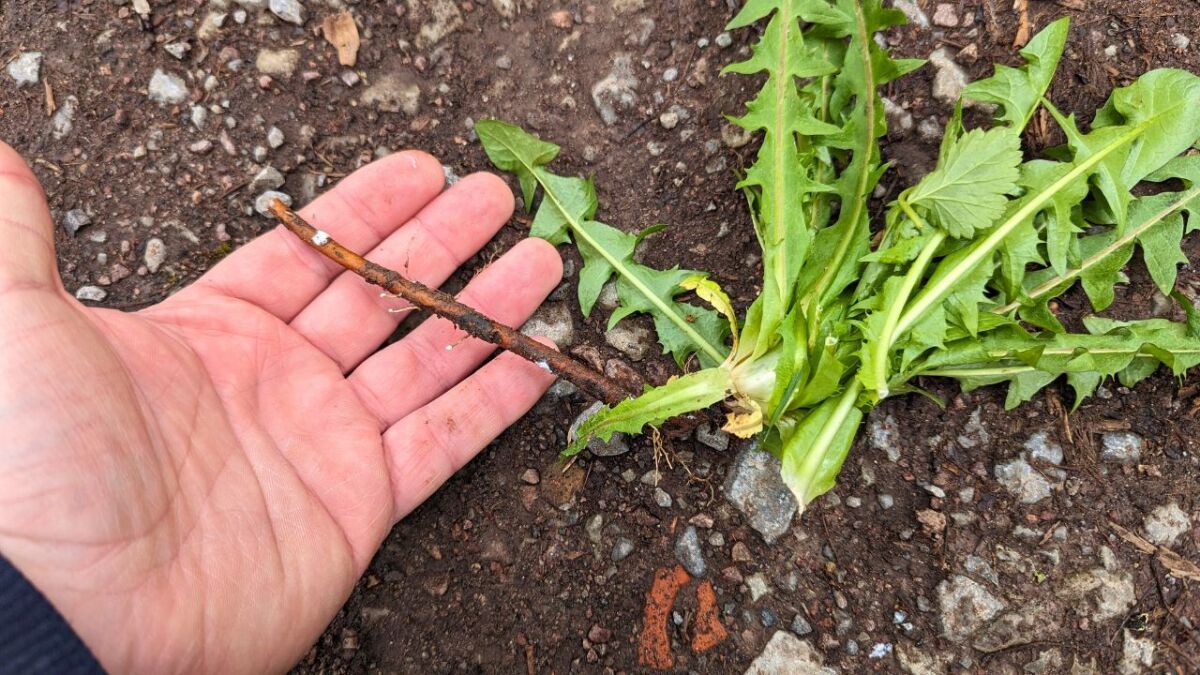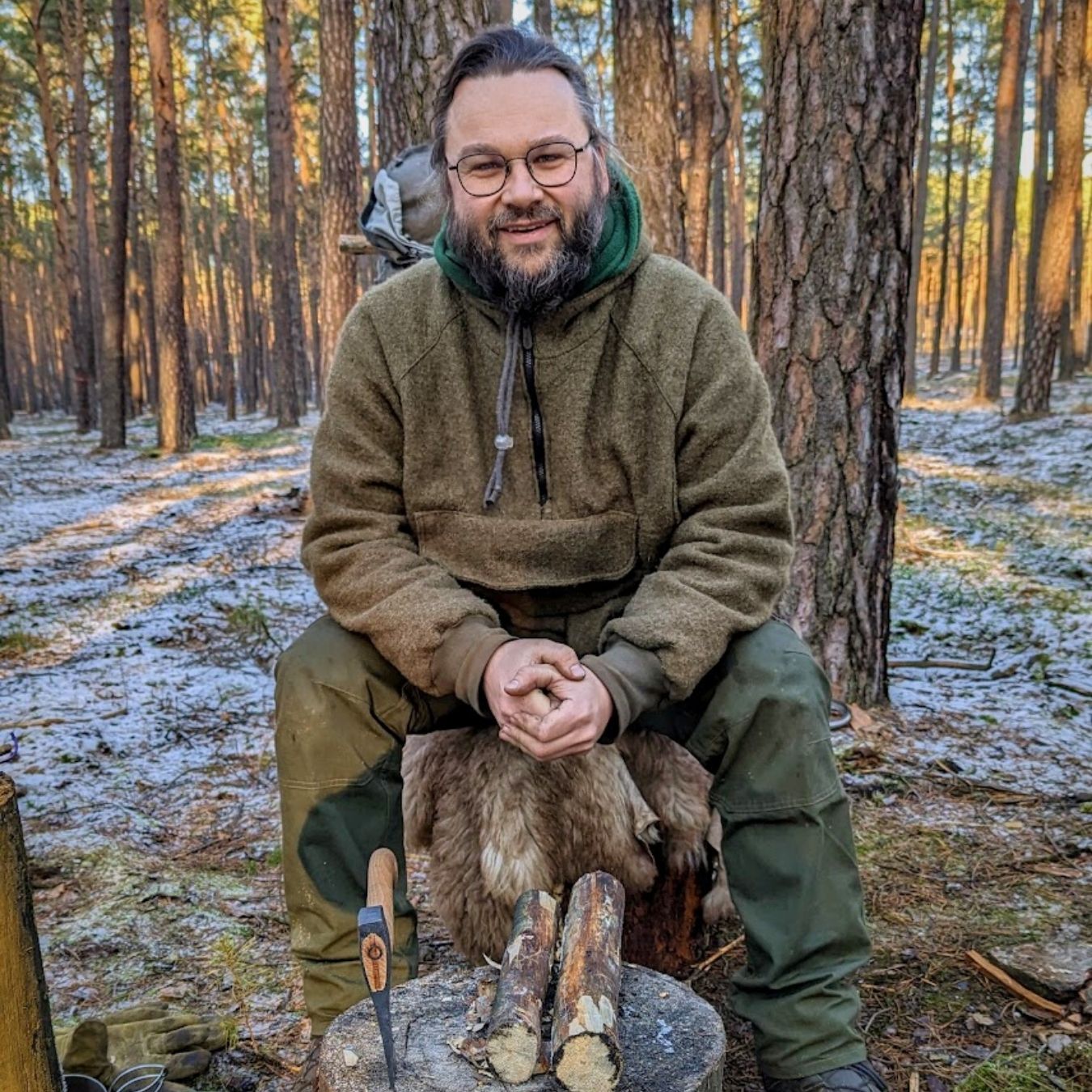
wild herbs
Nomen
Meaning
Wild herbs are plants that grow naturally in the wild, without any human intervention. They are an essential part of survival, bushcraft, and outdoor activities such as camping and hiking. These herbs have great relevance in the outdoor world as they provide valuable resources for food, medicine, and other practical uses. Knowing how to identify and utilize wild herbs is crucial for anyone venturing into the wilderness. They can be used for cooking, making herbal teas, treating minor ailments, and even creating natural insect repellents. Understanding the properties and benefits of different wild herbs is essential for self-sufficiency and thriving in the wild.

Examples
„I love foraging for wild herbs in the forest. They add so much flavor to my meals and are packed with nutrients.“
„During our camping trip, we stumbled upon a patch of wild herbs near the river. We decided to gather some to make a delicious tea.“
„My friend, who is a herbalist, taught me how to identify different wild herbs and their medicinal properties. It's fascinating to learn about the healing power of nature.“
„When I go hiking, I always carry a field guide to help me identify the wild herbs I come across. It's important to know which ones are safe to consume.“
„After a long day of bushcrafting, I like to unwind by making a soothing bath with wild herbs. It's a great way to relax and connect with nature.“
Origin
The word "wild herbs" originates from the Old English word "wyld" meaning untamed or uncultivated, and the Old English word "hierba" meaning plant or herb. It has its roots in the ancient practice of foraging for edible plants in the wild.
Throughout history, humans have relied on wild herbs for their medicinal and culinary properties. In ancient times, they were used to treat various ailments and as flavorings in food. As civilization progressed and agriculture became more prevalent, the cultivation of herbs became more common, but wild herbs still held their place in traditional medicine and cuisine.
In recent years, there has been a resurgence of interest in wild herbs due to their unique flavors, nutritional benefits, and connection to nature. Many people now seek out wild herbs in their natural habitats, learning to identify and harvest them responsibly.
Today, wild herbs are not only used in traditional medicine and cooking but also in the practice of bushcraft and survival. Their availability in the wild makes them a valuable resource for those who spend time in nature, providing sustenance and natural remedies.
Synonyms
Wild plants, Foraged greens, Natural herbs, Uncultivated herbs, Wilderness herbs, Native herbs, Untamed herbs, Foraged herbs
Antonyms
Cultivated herbs, Domesticated herbs
Relatives
Medicinal plants, Foraging, Herbalism, Plant identification, Herbal remedies, Wildcrafting, Ethnobotany, Plant medicine
Historical and cultural importance
Wild herbs have a long history of cultural and historical significance. Throughout the ages, humans have relied on these plants for their medicinal, culinary, and spiritual properties. In ancient civilizations, wild herbs were used in traditional medicine to treat various ailments and promote overall well-being. They were also an essential part of culinary traditions, adding unique flavors and aromas to dishes.
Wild herbs have played a crucial role in cultural practices and rituals. They have been used in ceremonies, festivals, and religious rituals to symbolize purification, healing, and connection with nature. In many indigenous cultures, wild herbs are considered sacred and are believed to possess spiritual powers.
Furthermore, wild herbs have been used for centuries in traditional herbalism and folk medicine. The knowledge of their healing properties has been passed down through generations, and many herbal remedies and natural remedies still incorporate wild herbs today.
In recent years, there has been a resurgence of interest in wild herbs due to their potential health benefits and the growing popularity of natural remedies. People are rediscovering the power of these plants and incorporating them into their daily lives for their nutritional value and therapeutic effects.
Overall, wild herbs have a rich historical and cultural significance, deeply rooted in human civilization. They continue to be valued for their diverse uses and are a testament to our connection with the natural world.
More information about the term wild herbs
Exploring the World of Wild Herbs
When it comes to survival and bushcraft, one of the most valuable skills you can possess is the knowledge of wild herbs. These plants, found in the untamed corners of nature, offer a plethora of benefits, from providing sustenance to healing wounds. In this article, we will delve into the fascinating world of wild herbs and explore their uses in the wilderness.
Identifying Wild Herbs
Before you can fully appreciate the wonders of wild herbs, it is crucial to be able to identify them correctly. Familiarize yourself with the different species that grow in your region, paying attention to their distinct features such as leaf shape, color, and scent. A field guide or a knowledgeable mentor can be invaluable in this regard.
Remember, though, that proper identification is essential, as some wild plants can be toxic or have look-alikes that are harmful. Take the time to study and practice identifying wild herbs until you are confident in your abilities.
Edible Wild Herbs
One of the most exciting aspects of wild herbs is their potential as a food source. Many wild herbs are not only safe to eat but also packed with essential nutrients. For example, dandelion leaves can be used in salads, while stinging nettle can be cooked and consumed as a nutritious vegetable.
When foraging for edible wild herbs, always prioritize safety. Avoid areas that may have been contaminated by pesticides or other pollutants. Additionally, be mindful of sustainable harvesting practices, taking only what you need and leaving enough for the plants to regenerate.
Medicinal Properties of Wild Herbs
Wild herbs have been used for centuries as natural remedies for various ailments. From soothing a sore throat to relieving insect bites, these plants possess remarkable medicinal properties. For example, chamomile flowers can be brewed into a calming tea, while yarrow leaves can be crushed and applied to wounds to promote healing.
However, it is important to note that while wild herbs can be beneficial, they are not a substitute for professional medical care. Always consult a healthcare professional before using wild herbs for medicinal purposes, especially if you have pre-existing health conditions or are taking medication.
Crafting with Wild Herbs
Aside from their culinary and medicinal uses, wild herbs can also be incorporated into various crafts. Their aromatic qualities make them ideal for creating natural dyes, scented sachets, or even homemade soap. Experiment with different herbs and explore your creativity while connecting with nature.
Remember, the world of wild herbs is vast and ever-changing. Continuously expand your knowledge and skills by exploring new plants, experimenting with different preparations, and learning from experienced foragers. With time and practice, you will develop a deep appreciation for the wonders of wild herbs and their invaluable role in the world of survival and bushcraft.
Back to overview

